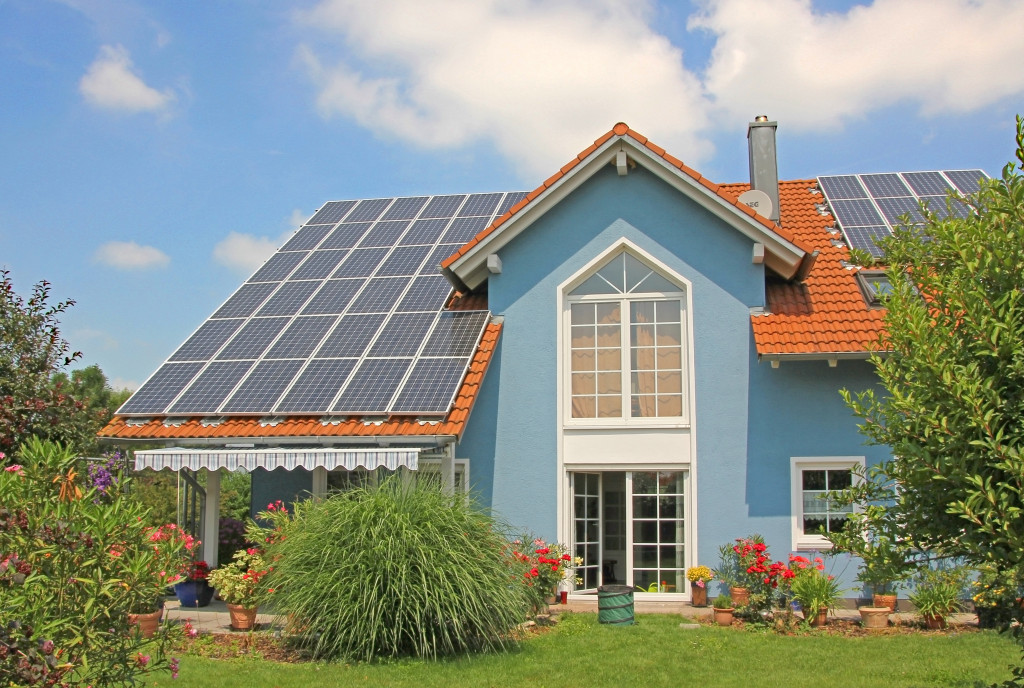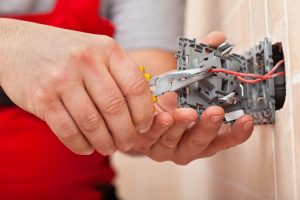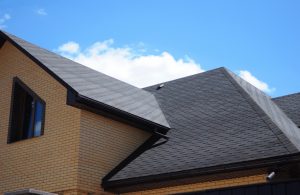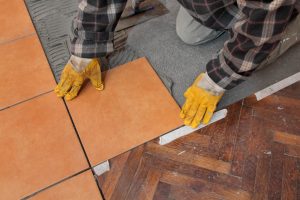Sustainability is a lifestyle choice that will have you think and rethink your ways. It involves active changes, especially in the most mundane things in life. By making environmentally friendly choices, you can create a large impact that will help the environment fight off the threats of climate change. Just like with other things, the same sustainable practices also work in the industry of construction. Things like conserving energy, utilizing recycled materials, and using sustainable energy sources also apply to homebuilding. If you’re looking for eco-friendly ways to build a home, follow the tips below to start your journey towards sustainable living.
3D Printing
3D printing only produces the number of materials needed for your structure, providing you with a way to save money on both materials and manpower. And since machines mostly do this, you only need to hire few professionals to oversee the whole construction and make sure operations run smoothly. 3D printed structures are also durable and tough. With most of its materials made from steel and plastic, you will not only be able to save money from future repairs, but you will also get to do your part in protecting the environment by using only a few resources.
Green Roofs
Having plants around naturally makes the environmental situation in that particular area better. Plants absorb carbon dioxide while producing oxygen, instantly making air quality better; it also helps maintain the Earth’s ozone layer so that we remain safe from harmful UV rays. By having green roofs, especially if your structure is situated in the city, you get a natural insulator that provides your building with optimum internal temperature, reducing the greenhouse gasses emitted by machines. This can also prevent flooding and erosion by retaining water for longer periods and keeping it from entering waterways.
Use Synthetic Roof Underlayment
Instead of using asphalt-based underlayment for your roofing, choosing an eco-friendly alternative that is also tougher and more durable will keep you afloat financially. Building with a synthetic roof underlayment prevents moisture from entering your structure’s interior, allowing it to last for longer, even in harsh environments. This kind of underlayment roofing is also manufactured from polymer, which is made from recycled materials, making it a durable and sustainable option that accommodates your building needs.
Choose Clean Energy Sources

When building structures, equipment needs to be powered by electricity, which can increase your bills. By turning to clean power sources, like solar, hydro, and wind energy, you’ll be able to build your dream home while saving money on electric costs. For longtime sustainability, you can use hybrid solar panel systems. These use batteries to store energy, which you can then use at a later time. These can either be used to power up your different appliances at home or as a natural generator to continue providing you with power even during blackouts.
Energy-efficient Equipment
Choosing equipment that has energy star labels for your machines and appliances will provide you with a wealth of benefits, including letting you do your part in saving the environment without sacrificing performance. Equipment with the energy star label is acknowledged by the Environmental Protection Agency for their energy-efficient features, as well as their contribution in helping mitigate the effects of climate change by reducing air pollution and greenhouse gas emissions.
Use Quality and Sustainable Building Materials
Most people think that using recyclables for your structure will compromise its quality, but these materials are meant to last long, so using them once or twice will not diminish their value. To start building sustainably, you can use reclaimed lumber, recycled glass, and plastic or utilize natural products, such as bamboo, straw, linoleum, and cork.
For materials that do not have sustainable counterparts, choosing the most durable kind and giving it added protection would let you use it for longer. For instance, you can prolong the life of the pavement in your outdoor spaces by coating them with protective concrete sealers so that water and other damaging elements will not be able to enter its pores.
Proper Insulation

Another key to building green and living in a sustainably built home is reducing your use of energy as much as possible. When you’re living in an area where you can experience extreme summer and winter, it is unavoidable for you not to use your cooling and heating systems. You can either choose green power sources or use environmentally-friendly insulation. Some eco-friendly insulating options include polystyrene, sheep’s wool, and even denim or cotton. All can provide you with a well-insulated home that is eco-friendly and will last a long time.
By building with sustainability in mind, you’ll be able to help in preserving the environment.






